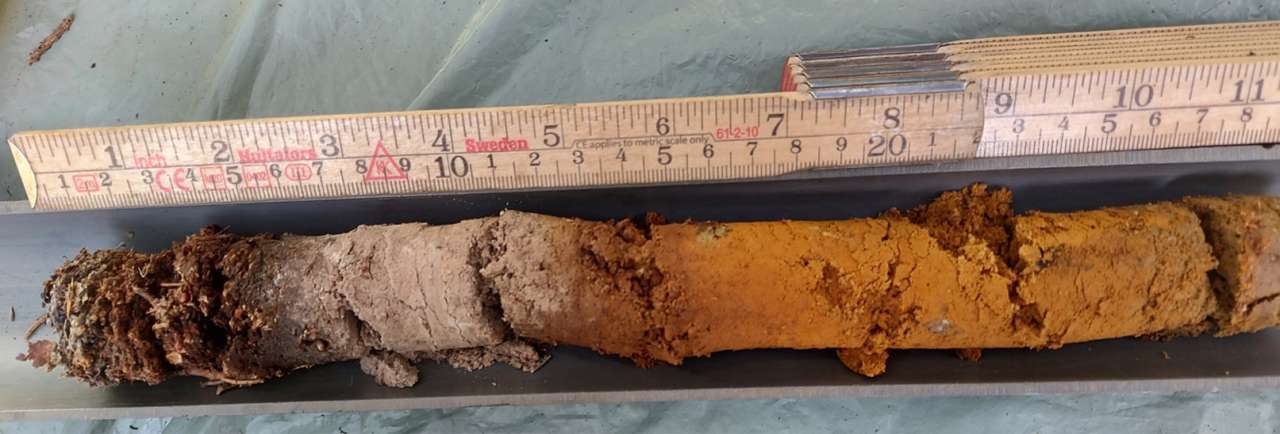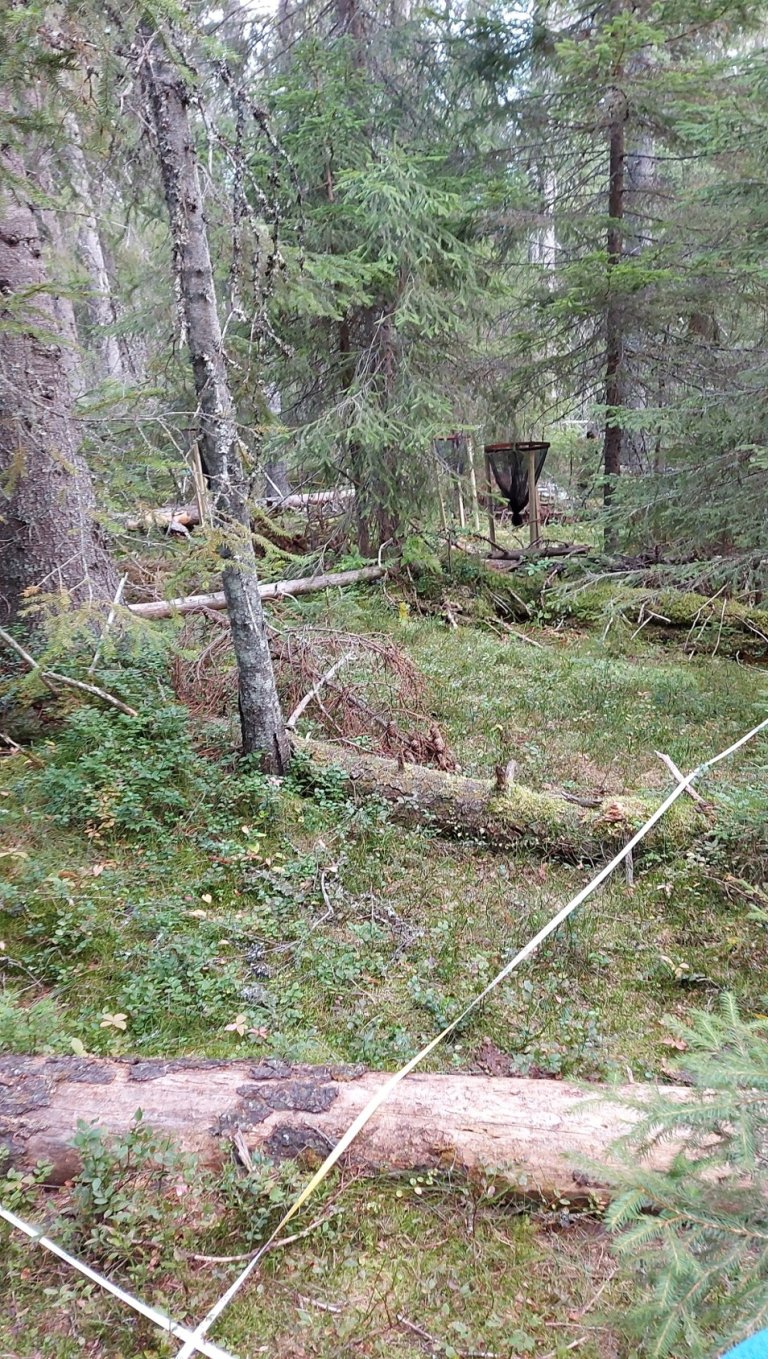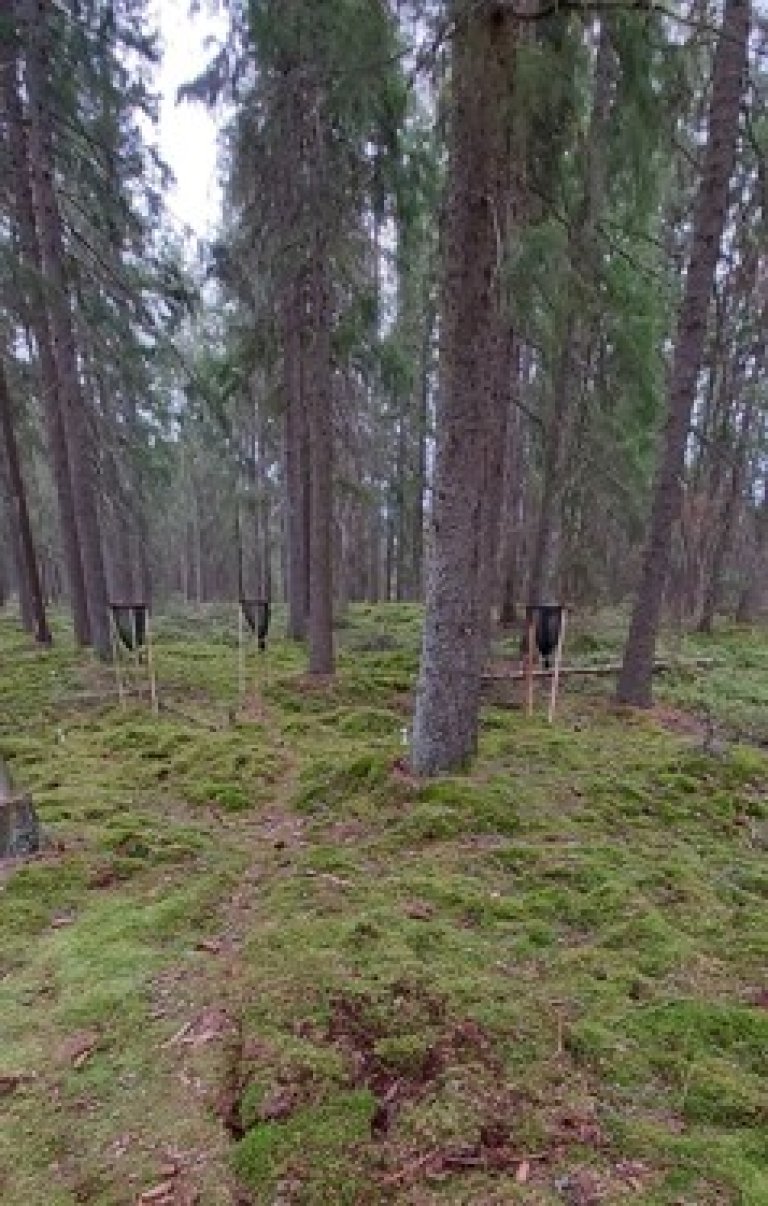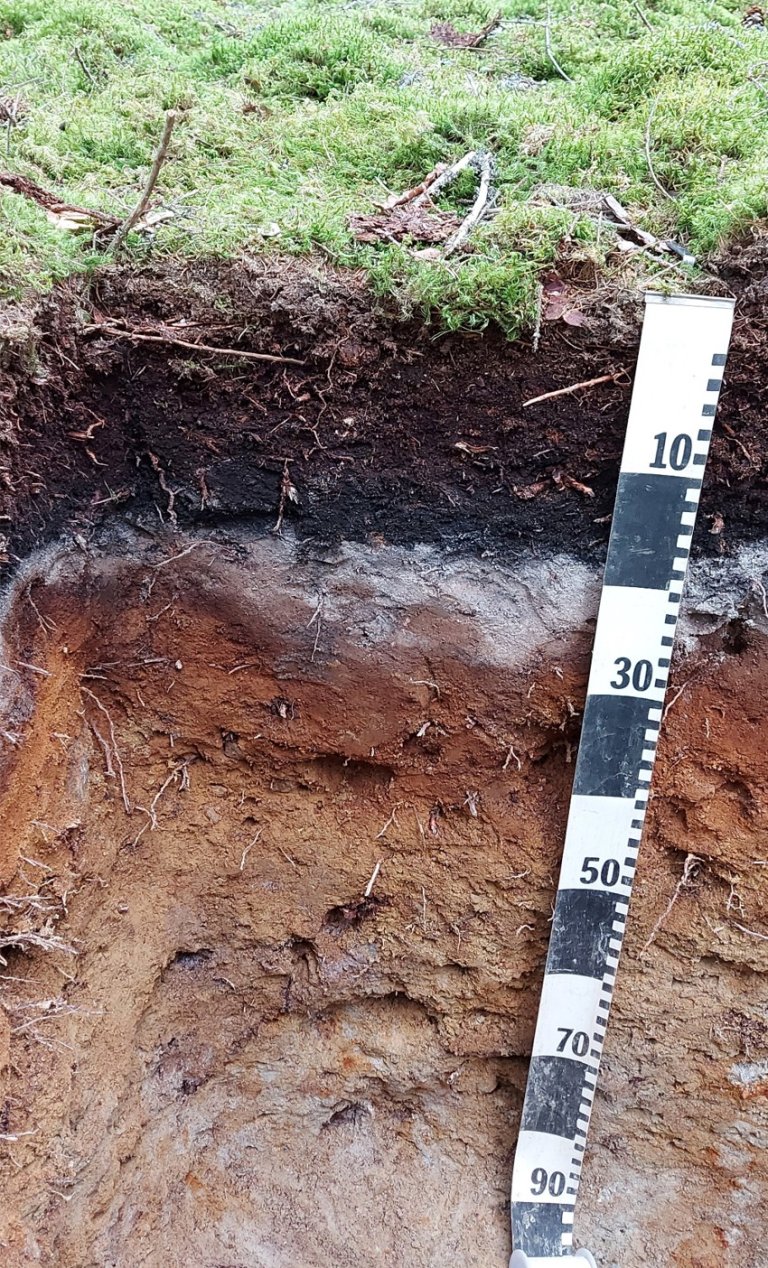Division of Forest and Forest Resources
Carbon sequestration in Norwegian spruce forest soils (CONSEQUENCE)

End: mar 2029
Start: apr 2025
Norway has pledged to reduce its greenhouse gas emissions, and one of the strategies and ultimate goal is to increase the short and long-term sequestration of organic carbon in forest soil to enhance the carbon stock of soil organic carbon in forests. Altering forest management strategies, such as extending rotation periods and clear-cutting methods, may change soil carbon storage, accumulation and loss.
Project participants
Håvard Kauserud Line Nybakken Jenni Nordén Jan Svetlik Ella Thoen Lucia Petrovičová Andreas Hagenbo Jogeir N. Stokland
| Status | Active |
| Start - end date | 01.04.2025 - 31.03.2029 |
| Project manager | O. Janne Kjønaas |
| Division | Division of Forest and Forest Resources |
| Department | Forest and Climate |
| Total budget | 15000000 |
The project aim to facilitate knowledge transfers between researchers at NIBIO, NMBU, UiO, NINA and MendelU (Czech Republic) and representatives from the forest sector Glommen Mjøsen, NORSKOG, Norwegian Forest Owners’ Federation and SKOGKURS to support development of strategies for increased soil carbon sequestration in Norwegian forest soils in relation to management and climate change.
To expand and improve our empirical knowledge on quantitative and qualitative aspects of soil organic carbon (SOC) dynamic we will quantify SOC stocks and changes and identify indicators of SOC stability in nine stands of Norway spruce. The stand represents three typical stages of Norwegian spruce forests: i) recently clear-cut stands, ii) mature planted production forests, and iii) older stands established naturally that have not been actively managed.
We will identify links between SOC changes and a) SOC stocks in soil and at the ecosystem level; b) in situ soil respiration, c) biological stability and temperature sensitivity, d) indicators of chemical and physical stability; and e) microbial community structure and diversity.
Additionally, in selected plots we will quantify aboveground litter input from trees and understory vegetation, root biomass and root production, production of fungal biomass, and above- and belowground decomposition of deadwood.
Further, we will assess potential links between tree growth patterns, in situ soil respiration and SOC and N stock changes.
Finally, we will merge selected findings from the different WPs with concurrent results from previous research projects (EcoFores, ForBioFunctioN, EcoBrem, BalanC etc) . This approach will allow us to assess the representativity of our findings, and identify potential patterns in SOC stocks, SOC dynamics and microbial community structure at a larger scale. The overarching research questions we address are: 1) What is the quantitative change in SOC stocks in the selected stands / stand types? 2) What are the main indicators of the soil susceptibility to accumulation or loss of SOC?
Specific research questions are as follows:
WP1. Stand information and climate data at the plots level:
- What are the differences in climatic factors between the sites?
- How do topography and edaphic factors and archived data on trees and understory vegetation differ between the locations?
WP2. Soil carbon stocks and stability:
- How does SOC stock differ between the three stand types and how is the SOC change related to the SOC stock in the forest floor, the total SOC stock and the total ecosystem C stock including C stocks in living biomass (WP3) and deadwood (WP4)?
- What are the differences in mean age and source of SOC between the stands?
- How does the current in situ soil respiration rates reflect soil stability, the SOC stock, tree biomass and tree growth patterns?
- How the does the biological stability differ between the stand types / locations and correlate to in situ soil respiration.
- How does indicators of chemical and physical stability correlate with the SOC stock changes and biological stability?
WP3. Trees and understory vegetation:
- What is the the variability in standing biomass, age of the main tree layer, degeree of canopy cover, and intra-annual growth patterns between stands?
- What is thre relative size of fine roots and mycorrhizal mycelium production, and litter inputs from understory vegetation, to the total litter input to the soil?
- How does biomass and in situ production of mycorrhizal mycelium vary between stand types?
WP4. Deadwood stocks and C dynamics:
- What is the size of the C stock in deadwood at the stand level?
- What is the turnover rate of the deadwood C stock?
- Does the rate of deadwood decomposition change as wood becomes buried into the soil?
WP5. Microbial community diversity:
- How does the fungal community composition contribute to SOC dynamics in forests soils?
- How is the fungal community composition related to SOC fluxes and stability?
- How does the fungal biomass differ between stand types and soil layers?


